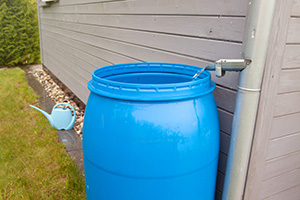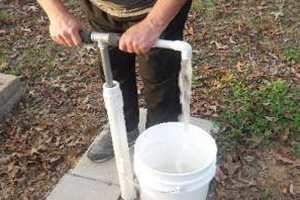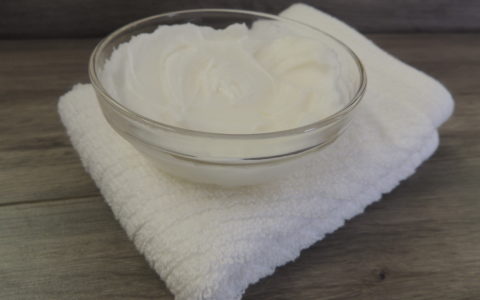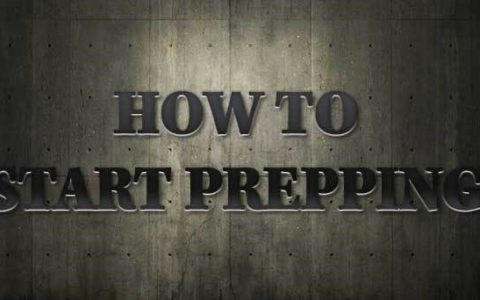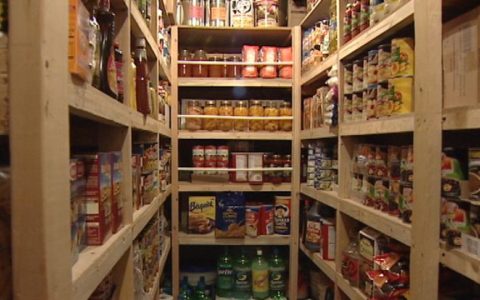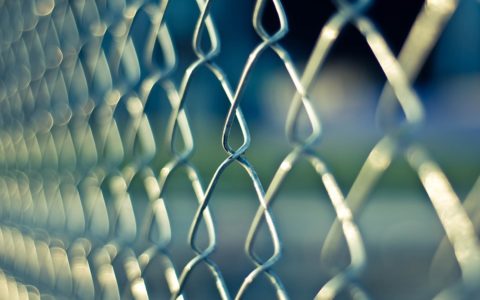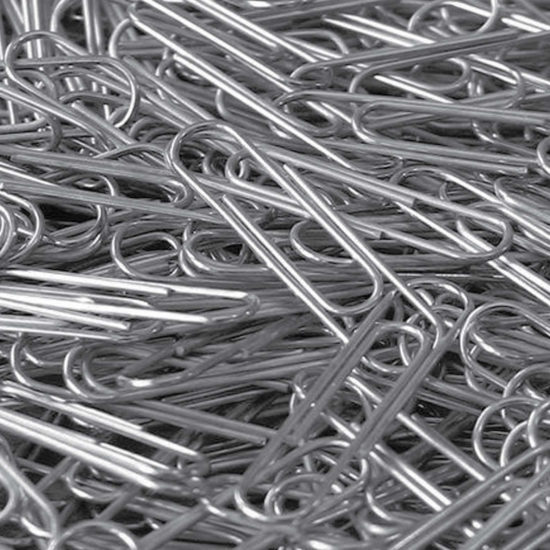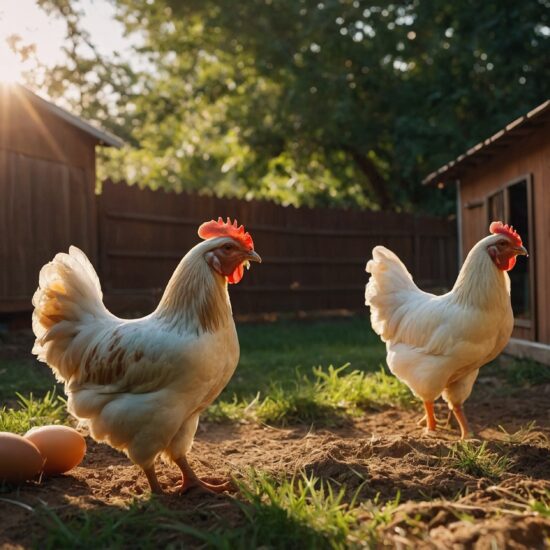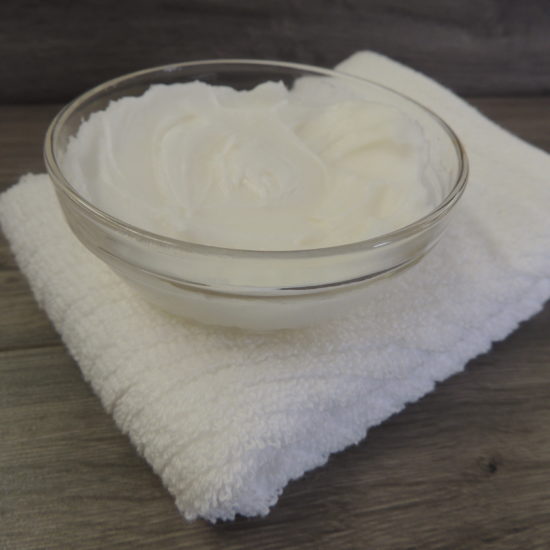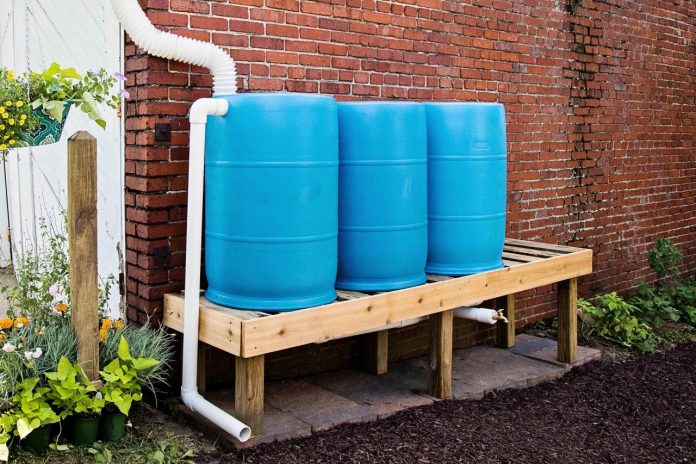
It takes loads of energy to desalinate sea water (and resources, on a large scale), so it’s impractical even in regionally water-stressed areas. Of what is left, 2.5% of the earth’s water is not available, which means that it is too cold, too frozen, or too dirty. Which leaves just 0.5% of the planet’s available fresh water for individuals and land-dwelling species.
No wonder that our utility bills are so big, then. The average person also uses 3,000 gallons of it a month without barely thinking of such a restricted resource. This is flushing money down the toilet, literally. If there is an emergency and the entire town loads up on bottled water, what’s even crazier is, like that’s going to do a lot of anything. In an emergency, there is only one way to minimize utility costs AND provide enough water on hand, and that is by being independent of water, not relying on public works.
When you’re responsible for your own water supply, you’re also more conserving with it, too. The good news is that your property has plenty of untapped freshwater supplies, and the right conservation and ingenuity scheme will help you become more independent and prepared for tough times.
Each of these networks of off-grid water is better when combined. You are more at risk of not getting enough water on hand, relying on one alone, but using two, three, or more will ensure there is plenty for you and your homestead.
The Most Simple One
Probably, some positive things do fall from the sky. It is possible to set up rain barrels somewhere under the heavens and provide a large supply of clean water with one torrential downpour.
A 50 gallon plastic trash can with a lid, some landscape cloth, a 3⁄4″ garden spigot, a double threaded bulkhead with an inner thread size of 3⁄4″, some Gorilla Tape and Teflon tape, a pen to draw a hole and a razor blade to cut it out, are an easy way to make one in five minutes.
The spigot is going to go near the bottom of the trash can, so trace and cut out a hole around the bulkhead there. The bulkhead is inserted and the nut is screwed backwards. Next, loop the teflon tape around the thread on the spigot a couple of times, then screw the spigot into the bulkhead until it is secure and facing down. Cut a large hole out of the lid of the trash can.
With Gorilla Tape, and the cover with a hole put back on top of this, the landscape fabric will be pulled tightly over the top of the can and sealed. That way, the rainwater, which should filter through the fabric and into the barrel, would not be polluted by debris and mosquitoes.
The Second System
To pump it to the surface, hand pumps involve drilling down into an aquifer and using manual labor.
Electric pumps can be used, but you would wish you had the more strenuous alternative if it went out during an emergency.
In the U.S., there are existing companies that will build and drill for you, but at least expect to pay a few thousand dollars.
Another Idea For Your Property

Instead, building a permaculture swale is a perfect way to avoid rainwater from escaping downhill as runoff and soaking into a garden’s soil.
This will take planning and observation of water flow and drainage on the ground you build upon, but can make a planting area more efficient and less maintenance.
When it rains, you need to watch how the water flows, then dig a trench uniformly along those contour lines to slow down and hold the water, generally 6 inches to 1.5 feet deep, and 18 inches to two feet wide. On the downhill side of the trench, the soil removed would be constructed as a berm.
The trench is then planted in desert environments, and the berm is usually in non-desert climates. Instead, the water pooled and slowed from draining off would flow into the immediate soil, making it better over time as organic matter rises.
A Water System For Huge Supplies
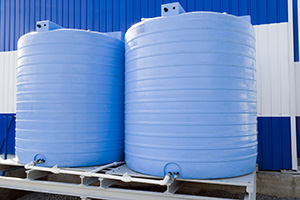
A cistern will give you peace of mind knowing that on standby, you have a large supply of water.
These can range from materials made of stone or metal and depending on what you and your property can accommodate, can hold 10,000 gallons or more or less.
When complete, however, and where it’s constructed, their potential weight is something to be mindful of. If the ground isn’t solid enough, it will sink. Also, if it freezes where you live, it could also be stopped from doing so by burying it in the snow.
Related: Is It Illegal to Harvest Rainwater in Your State?
An Underground System
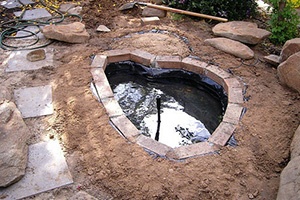
A natural or man-made pond can contain plenty of water, and organisms to prevent stagnation or possibly be eaten, too.
Of course, the water would have to be thoroughly washed before being used for drinking or cooking, but if necessary, it’s still a viable choice.
A bonus food supply is supplied by stocking it with fish. If it freezes, a pond dug from 8-12 feet will allow them to survive. Before you dig, a lot of care should be taken, but filling the pond with a tarp and some geotextile material will decrease seepage after it’s completed.
Another Idea For Your Backyard
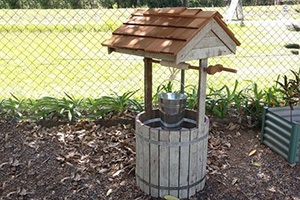
A well would be a reasonably safe and clean water source on your property. Usually, they are anywhere from 20 to 300 feet deep, which means being protected in the winter from freezing.
If your property doesn’t already have a well, however, digging and implementing one would cost at least a few thousand dollars. But the saved money is going to outweigh the cost.
Aqueducts
In all those National Geographic documentaries, I’m sure you’ve seen the Romans harness the force of gravity by aqueducts. This will be easier to build if you have some elevation changes on your farm, and gravity is a good way to add water pressure around the homestead.
Most modern showers use about 80-100 psi, but a simpler water system using gravity can be very accommodating if you can be comfortable scaling down to around 20 psi.
A Natural Water Source
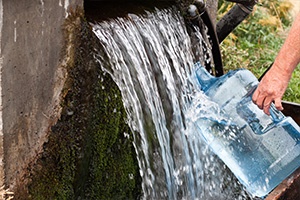
If you’re fortunate enough to have a spring on your property bubbling out of the rocks, then you might already have a natural source of clean, delicious water.
The hard part is constructing the infrastructure around the homestead to harness it, however, it is possible with the assistance of gravity.
Related: Is It Illegal to Harvest Rainwater in Your State?
“Cascade” or Water Flow
This is more of a procedural device than a mechanical one. But with it, you are going to conserve and optimize water. Generally, there are 3 kinds of water: white, green, and black. To do laundry, wash dishes, or even water gardens and livestock, you do not need water that’s suitable for human consumption. You can “cascade” water from one level to the next using an proper water flow.
The same water can be used to clean the dishes if you boil water for food. To flush the toilet, the water you used to wash your hands will then be used. When you begin to become more conscious of where your water comes from and more involved in achieving it, you can get more ideas about how to conserve and use it to its full potential.
The Last Off-Grid System
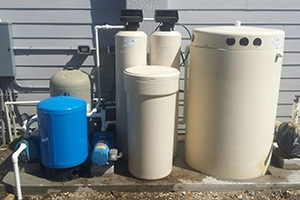
A water filter will help out a lot.
You can buy a common but costly, heavy duty one from Berkey, or you can make one called a Biosand Filter from materials on your property.
To download a free manual on building it, check out a website from a Canadian charitable organization named CAWST, but the gist of it requires a barrel full of sand and gravel and a top layer of micro-organisms that all kill dangerous pathogens through a process of predation, trapping, absorption, and natural death.
There are several more potential structures, and for every homestead, some of these may not be possible. A smart way to get some ideas is to explore what other individuals have achieved on assets close to yours. In the event of anything occurring, it is important not to have just one device, but as many as possible. Water, can be contaminated, can run out or become poisoned. If SHTF, the first step to surviving and thriving would be to have a healthy supply of good water.
Other self-sufficiency and preparedness solutions recommended for you:
The vital self-sufficiency lessons our great grand-fathers left us
Knowledge to survive any medical crisis situation
The Smart, Easy Way to Food Independence
Your secret weapon when our society shatters into a million pieces
Secure your privacy in just 10 simple steps


